best time to visit Namibia, located in Southern Africa, is a country of remarkable contrasts, from its vast, desolate deserts to its vibrant wildlife and stunning landscapes. If you’re planning a trip to this awe-inspiring destination, one of the most important decisions is determining the best time to visit Namibia.
The country offers a variety of experiences, from safaris and desert adventures to exploring coastal towns. To help you plan your trip, we’ve compiled a detailed guide to the best times to visit Namibia, focusing on weather, activities, and what to expect during different seasons.
Table of Contents
Why Namibia is a Must-Visit Destination
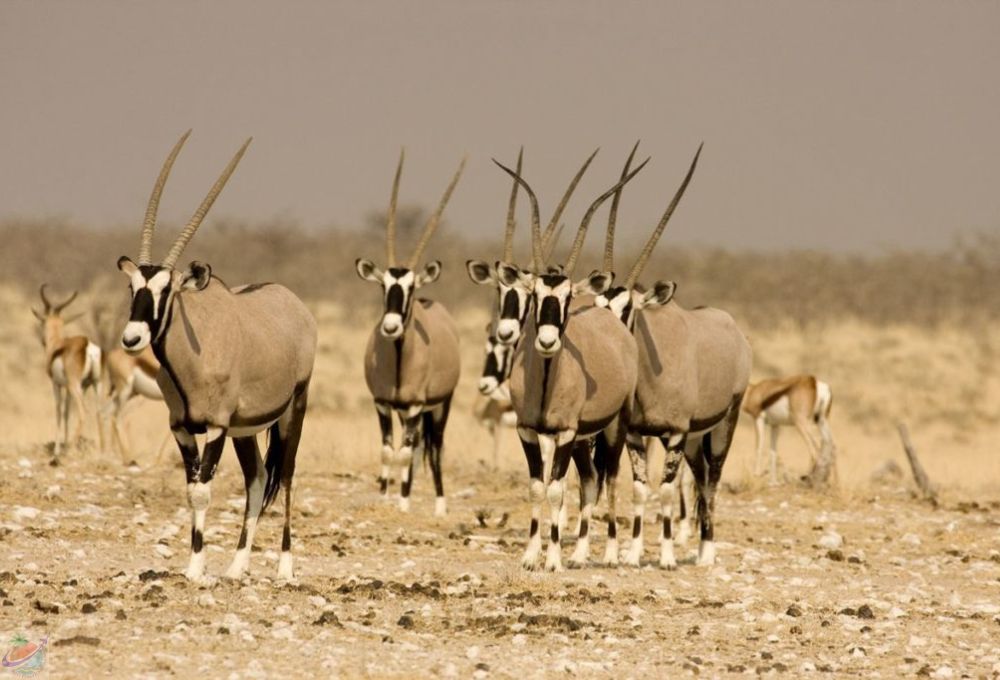
Before we dive into the specifics of the best time to visit Namibia, let’s take a quick look at why Namibia is so unique. The country is home to:
- Diverse landscapes: From the world’s oldest desert, the Namib Desert, to lush wetlands, mountains, and the wildlife-rich Etosha National Park.
- Wildlife: Namibia is known for its incredible wildlife, including the Big Five (elephant, lion, buffalo, leopard, and rhinoceros), cheetahs, giraffes, and many bird species.
- Adventure activities: Sandboarding, dune climbing, stargazing, and more.
- Cultural experiences: Opportunities to explore indigenous cultures, including the Himba people.
Now, let’s look at the ideal times to visit Namibia.
Climate Overview of Namibia
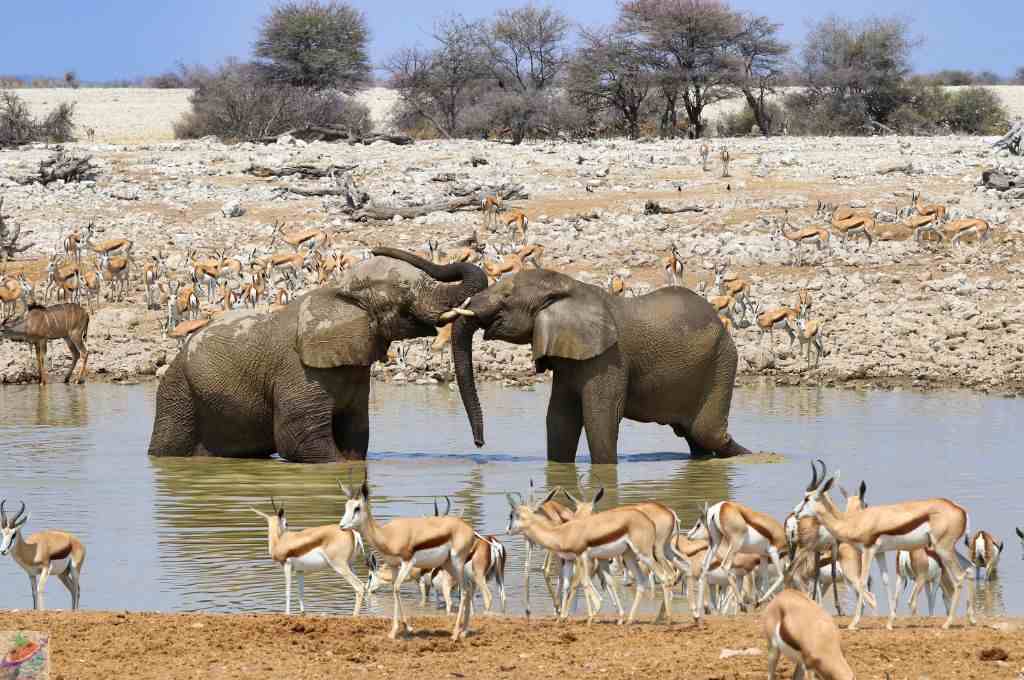
best time to visit Namibia has a predominantly arid climate, with varying conditions depending on the region. Here’s a breakdown of the environment:
- Coastal Areas (e.g., Swakopmund): Cool and foggy year-round due to the cold Benguela Current from the Atlantic Ocean.
- Central Highlands (e.g., Windhoek): Mild with hot summers and cooler winters.
- Desert Areas (e.g., Sossusvlei, Namib Desert): Extremely hot during the day and freezing at night, especially during winter.
- Northern and Eastern Namibia (e.g., Etosha): Hot summers with a rainy season from December to March.
Best Time to Visit Namibia
The best time to visit Namibia depends mainly on your preferences and the activities you want to experience. Below are the different seasons and the pros and cons of visiting during each.
1. Dry Season (May to October)
The dry season is the best time to visit Namibia. The weather is mild, and the lack of rain makes it easier to enjoy safaris and outdoor activities.
- Weather: Expect sunny days with clear skies and cooler temperatures, especially in the evenings. Daytime temperatures in the desert can soar between 30-35°C (86-95°F), with evening temperatures dropping below 10°C (50°F).
- Wildlife Viewing: Wildlife is easier to spot as animals gather around the few remaining water sources, especially in Etosha National Park and other safari areas.
- Activities: This is the best safari time, as the animals are more active during the day. You can also enjoy dune climbing, stargazing, and exploring the Namib Desert.
- Crowds: The dry season is the peak travel time, so expect more tourists at popular sites like Sossusvlei, Etosha, and Swakopmund.
Pros:
- Excellent wildlife viewing.
- Ideal for outdoor activities and photography.
- Mild, dry weather.
Cons:
- Higher prices for accommodation and activities.
- Popular destinations can be crowded.
2. Wet Season (November to April)
The wet season in best time to visit Namibia can be an exciting time to visit, especially if you prefer fewer crowds and lush, green landscapes. However, it’s also a time when some areas can be harder to access due to rain.
- Weather: Temperatures rise, especially from December to February. Daytime temperatures can soar above 40°C (104°F), and occasional rainfall can create mud and puddles. Even though it rains, the showers are usually short and intense.
- Wildlife Viewing: The wet season brings lush vegetation, but wildlife can be harder to spot as animals are more spread out due to the abundance of water. Birdwatching is at its peak, as migratory birds flock to Namibia.
- Activities: While the wet season may limit some desert-based activities like dune climbing, it’s an excellent time for photographers, as the landscapes are vibrant and green.
- Crowds: Fewer tourists, making it a quieter and more relaxed experience.
Pros:
- Fewer tourists and quieter sites.
- Lower accommodation prices.
- Lush, green landscapes are perfect for photography.
- Great for birdwatching.
Cons:
- Hot temperatures, especially from December to February.
- Some activities may be disrupted by rain.
- Wildlife can be harder to spot.
Best Time for Specific Activities
Certain months are better than others, depending on what you plan to do in best time to visit Namibia. Here’s a table summarizing the best time for popular activities.
| Activity | Best Time | Why |
| Wildlife Safari | May to October | Dry season brings wildlife to waterholes. |
| Desert Adventures | May to October | Dry weather is ideal for dune climbing and sandboarding. |
| Birdwatching | December to April | Migratory birds are abundant. |
| Stargazing | May to October | Clear skies and crisp air for perfect views. |
| Cultural Experiences | Year-round | Interaction with indigenous communities can happen throughout the year. |
Best Time to Visit Namibia by Region
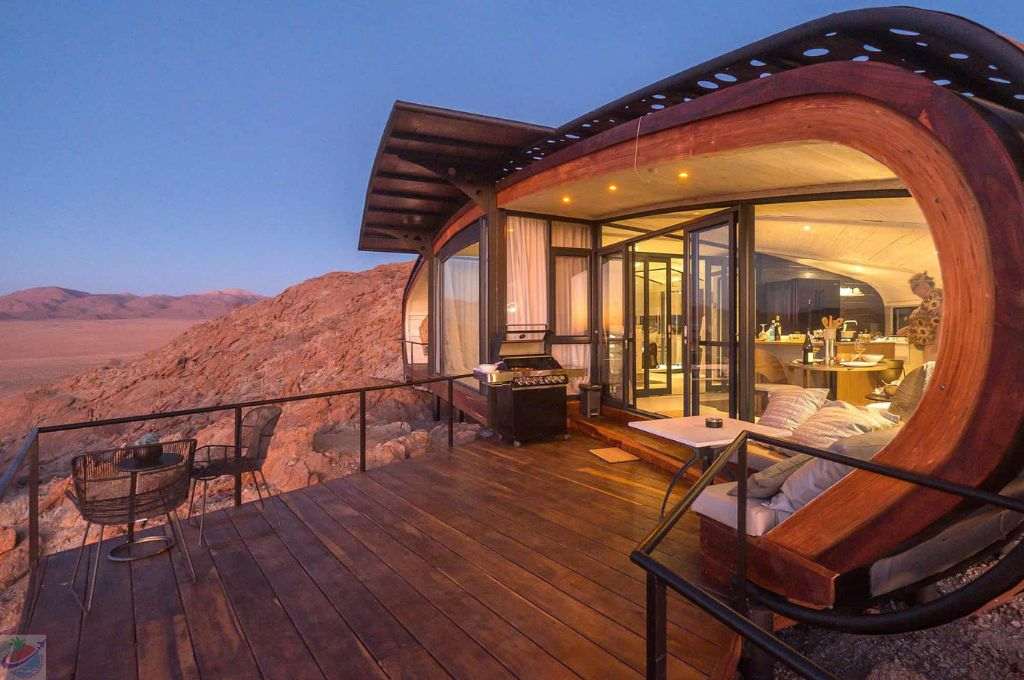
While the dry season is the best time to visit most parts of Namibia, different regions may have their ideal times for travel.
1. Sossusvlei (Namib Desert)
- Best Time: May to October (Dry season)
- Why: The cool nights and warm days make it the perfect time for desert exploration. The towering dunes are most accessible during the dry season.
2. Etosha National Park
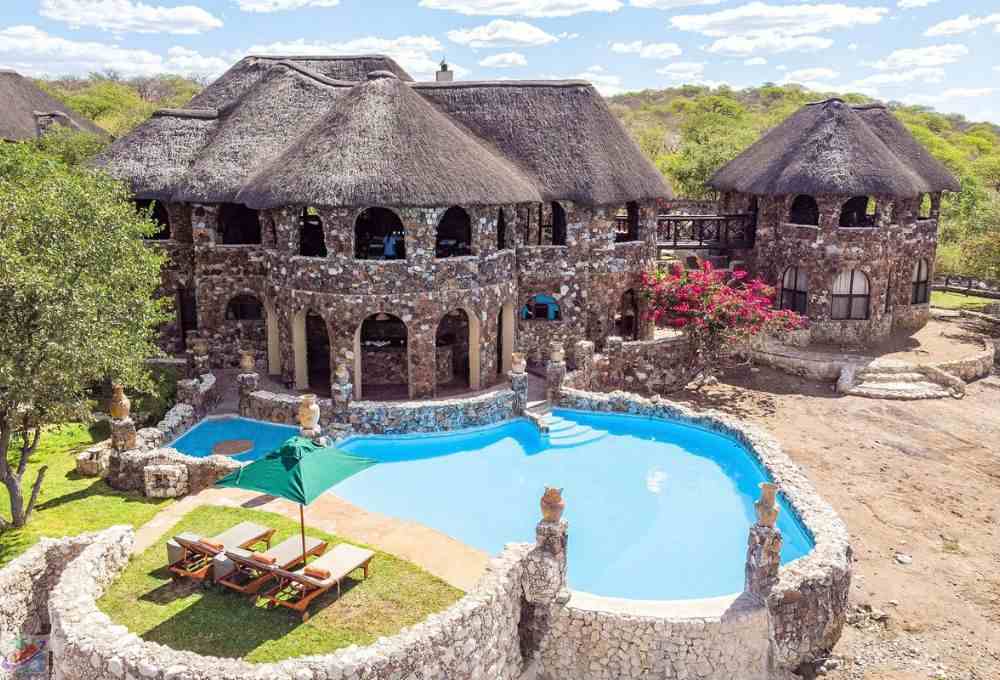
- Best Time: May to October (Dry season)
- Why: The park’s wildlife is easier to spot as the animals congregate around waterholes. This is also the coolest time of year for game drives.
3. Swakopmund (Coastal City)

- Best Time: November to March
- Why: The coastal climate is cooler during the wet season, making it a pleasant time for exploring the city and engaging in adventure sports like skydiving and quad-biking.
4. Damaraland and Skeleton Coast
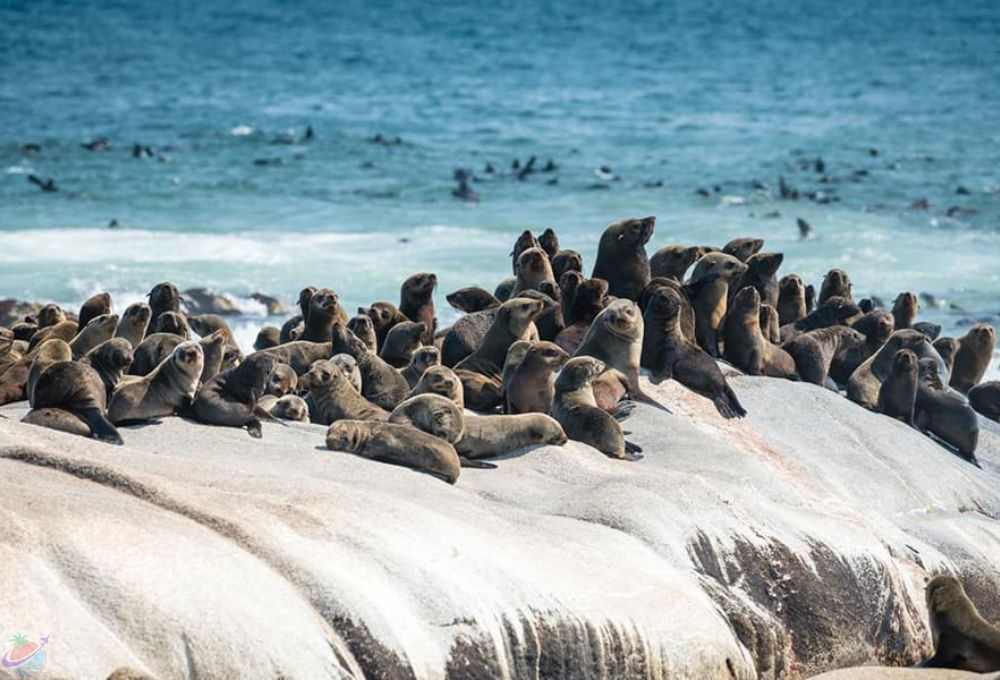
- Best Time: May to October (Dry season)
- Why: These remote regions are best explored during the dry season when the roads are more accessible.
How to Prepare for Your Trip
When planning your visit to Namibia, you must be well-prepared for the country’s weather and unique conditions.
Packing Tips:
- Light clothing for daytime (especially in the desert), but pack warm clothing for the evenings.
- A good hat, sunglasses, and sunscreen to protect from the intense sun.
- Comfortable shoes for hiking and exploring.
- A camera to capture the stunning landscapes.
Health and Safety:
- Stay hydrated, especially in the desert and during the hot months.
- Take malaria precautions if you’re visiting northern Namibia.
- Bring insect repellent, particularly in the wet season.
Accommodation:
- Book early during peak months (May to October) to secure the best accommodations.
- Opt for eco-friendly lodges, especially when visiting areas like Etosha and Sossusvlei.
Conclusion
The best time to visit Namibia depends on your interests and the experiences you seek. For wildlife safaris, outdoor activities, and clear skies, the dry season from May to October is your best bet. For a quieter, more budget-friendly experience with lush, green landscapes, consider visiting during the wet season from November to April.
Namibia offers something unique during every season, so whether you’re climbing the dunes in Sossusvlei, encountering wildlife in Etosha, or stargazing under the African sky, you’ll find an unforgettable adventure no matter when you go.
FAQ: Best Time to Visit Namibia
1. What is the ideal time to visit Namibia?
The best time to visit Namibia is during the dry season, from May to October. This time of year brings cooler temperatures, making it ideal for wildlife viewing, as animals congregate around water sources.
2. What is the weather like in Namibia?
Namibia has a desert climate, with hot days and cool nights. The summer months (November to April) can be extremely hot, particularly in the desert regions, while winter (May to October) brings pleasant, cooler temperatures.
3. Is it a good time to visit Namibia during the rainy season?
The rainy season from November to April is less ideal for wildlife viewing as animals spread out across the landscape. However, this season brings lush, vibrant landscapes, making it an excellent time for photography and discovering the country’s natural beauty.
4. Can I visit Namibia during the winter months?
Yes! Winter (May to October) is the most popular time to visit Namibia, offering cooler temperatures for outdoor activities like safaris and exploring the desert.
5. Are there any special events or festivals in Namibia?
Yes! If you’re interested in cultural experiences, consider visiting during the Windhoek Carnival in March or the Namibia Festival in July, celebrating the country’s rich culture and heritage.
6. Is it possible to visit Namibia year-round?
Although Namibia can be visited year-round, the dry season (May to October) is typically the most comfortable. It offers the best conditions for wildlife viewing and outdoor adventures.

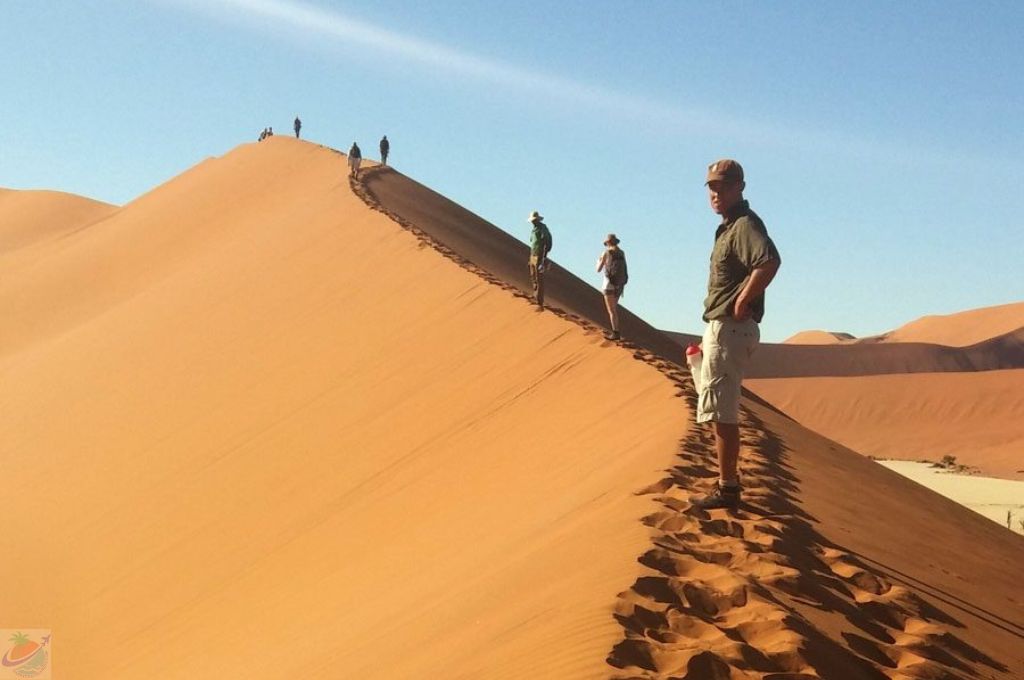
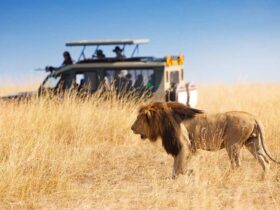
Leave a Reply